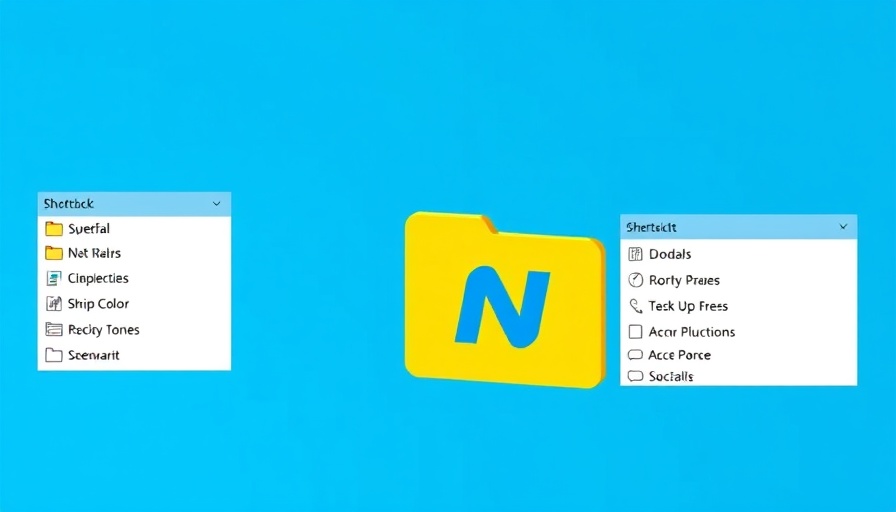
Why the Price Hike in Gaming is Long Overdue
In recent years, video game prices have gradually climbed, moving from the standard $60 to $70, and now even $80 for some new titles. This shift, while met with discontent from gamers, is something that has been brewing for quite some time. As the gaming industry evolves with ever-improving technology, the financial dynamics behind game development have changed significantly. In fact, a deeper look reveals that the real question isn't whether games should cost more, but how they justify their price tags in a market where inflation and production costs keep rising.
Keeping Up with Inflation: The Real Cost of Gaming
In economic terms, $40 in 2000 would match closely with approximately $76 today, while a $60 game has effectively doubled in price when adjusted for inflation. This stark contrast illuminates an essential truth: the baseline price for gaming hasn’t kept pace with the costs associated with development and consumer expectations. As gaming technology advances, the hardware costs have skyrocketed. For instance, the prices of graphics cards have surged; the NVIDIA GTX 1070's initial MSRP of $380 has wildly diverged from current prices for new models like the 5070, which start at $550, creating an undeniable gap that should also reflect in game prices.
The Economics Behind Game Development
Today’s AAA games aren’t just simple releases; they come with vast teams—often thousands—pouring their talent and time into projects that can take many years to complete. Games like "Grand Theft Auto VI" are notable for their massive budgets that can exceed over a billion dollars when you factor in advertising. The investments behind creating an engaging, complex game experience often leave developers in a position where $80 is a fraction of what they need to recoup per title.
Games as Valuable Entertainment Investments
When comparing the cost of video games to other entertainment avenues, the value becomes apparent. A typical movie ticket can be around $17 for a two-hour experience, translating to 7 minutes of entertainment per dollar. By contrast, a game like "Baldur's Gate 3" costs around $70 but delivers 50 hours of gameplay, providing an impressive value of up to 30 minutes of enjoyment per dollar. This comparison highlights just how games can be seen as investments rather than mere expenses, providing extended value well beyond their initial cost.
Taking Action: What Gamers Should Consider
As the industry continues to evolve, it's crucial to embrace the changing cost structure. Gamers can reflect on the value they derive from games and how they prioritize their entertainment budget. Understanding how pricing is related to development costs might shift perspectives on future purchases, encouraging smarter buying decisions.
In this dynamic landscape, where video games are increasingly complex and costly to produce, supporting a fair price for the experience and the art form is essential. So, the next time you consider investing in a new game, remember that the cost isn’t a barrier but a reflection of the investment into your enjoyment and the evolution of your favorite pastime.
 Add Row
Add Row  Add
Add 










Write A Comment